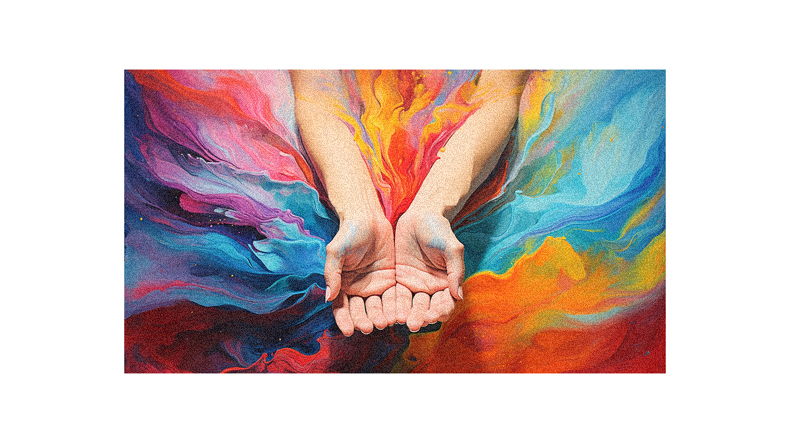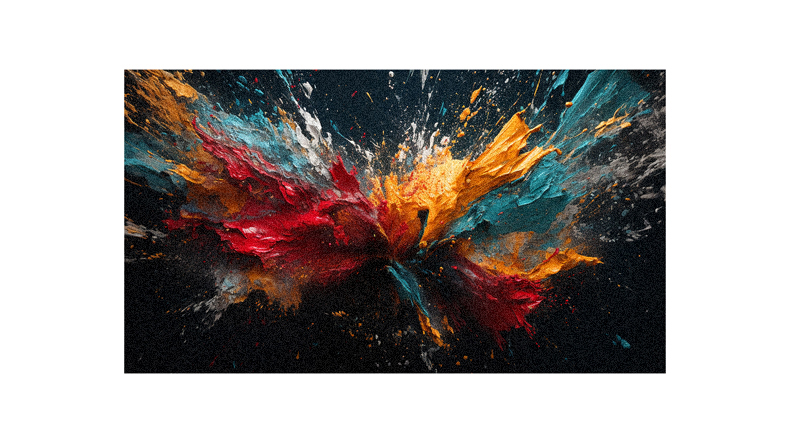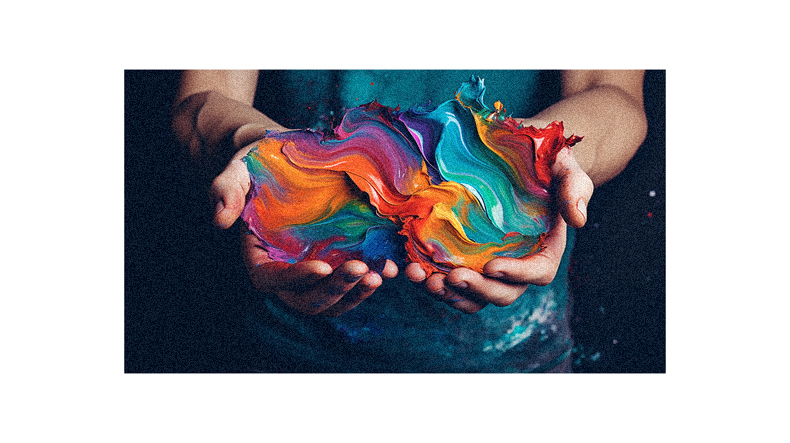Ever wondered why some artworks draw you in more than others? Unlock the secrets of the psychology behind personal art style development. Through this article, you’ll travel back in time to explore the mental and emotional processes that shape artistic preferences, the therapeutic benefits of art, and the implications for educational and therapeutic uses of art. Get ready to uncover the power of art to create an everlasting change in perception.
The Influence of Personal Experiences on Art Style Development

Your personal experiences can shape your art style development, influencing the type of art you create and appreciate. Your work expresses your unique memories and emotions, from abstract paintings to sculptures. Art therapy can help you explore and express ideas, allowing you to develop a more meaningful connection to your art.
It encourages creative dialogue and can benefit various issues like PTSD, depression, and anxiety. Neuroimaging studies have also revealed that immediate emotional responses to artwork are associated with the brain’s reward system. By understanding the neural underpinnings of aesthetic experience, you can discover how to use art to promote your well-being. Your personal art style development is a journey of self-discovery and creativity.
Psychological Factors Shaping Artistic Preferences
Understanding the psychological factors that shape your artistic preferences can help you create meaningful art. There are four key areas to consider: 1) the type of art you are drawn to, 2) your personal experiences, 3) the environment you are in, and 4) the people you interact with.
Your cultural background, personal experiences, and preferences can influence your type of art. Personal experiences can shape your art style and how you perceive the world. Your environment can also influence your art style, from the people you interact with to the places you visit. Finally, the people you interact with can influence your art style, from the mentors you learn from to the peers you communicate with. All of these factors can help you create meaningful art.
The Role of Emotions in Art Style Development
Emotions are integral in forming your art style, influencing your decisions, and how you view the world. Expressing emotion through art is a powerful tool to connect with your inner self. Art can be used to express the things you can’t say in words, allowing you to explore your feelings creatively. Different emotions evoke different visual responses, often seen in your art.
By being conscious of how emotions influence your art, you can create an art style uniquely yours. It can also help you develop a personal connection to your art, enabling you to express yourself meaningfully. Through art, you can explore your emotions and find new ways to express yourself.
Cognitive Processes and Artistic Decision-Making
You can further refine and develop your unique art style by understanding the cognitive processes that guide artistic decision-making. Here are four essential concepts to consider:
- Art reflects the psyche and can be used to express emotion.
- Art can be used to communicate ideas, feelings, and experiences.
- Artists can use the creative process to explore and discover new perspectives and possibilities.
- Cognitive processes such as perception, memory, and imagination are essential when making aesthetic decisions.
The Impact of Culture and Society on Artistic Style
Your artistic style is heavily influenced by the culture and society in which you live. This is because art reflects the values, beliefs, and attitudes of the people in that society. Art has the power to shape and transform societal values and beliefs or to reinforce existing ones. Art can also challenge or express dissent with current values and beliefs.
The influence of culture and society on your art can be seen in the choice of materials, techniques, subject matter, and overall style and composition. Your artistic style and approach can also be influenced by the works of other artists and the overall atmosphere of the society in which you live. The art you produce can reflect the society, culture, and values of the time in which you live.
Personality Traits and Artistic Expression
Your art reflects your personality and can express many aspects of your character. Your temperament, values, beliefs, and interests shape it. Creative self-expression can be a powerful way to express yourself and commemorate moments in life. Here are four ways your artistic style is influenced by your personality:
- Your emotions and experiences influence the type of art you create.
- Your values and beliefs can be communicated through your artwork.
- Your interests and hobbies are often depicted in your art.
- Your temperament can be expressed through the colors you choose and the mood of your pieces.
Artistic expression is an excellent way to communicate and develop a personal style.
Developmental Psychology and Art Style Evolution
Discover how your experiences and relationships shape how you create art and evolve your artistic style. Developmental psychology greatly influences how art is created and how an artist’s style evolves. Your past experiences, relationships, and environment all play a role in the shape of your art. Your relationships form the basis of your ideas and how you interpret them.
How you interact with your environment, including its people and things, can affect how you create and develop your artistic style. Through your interactions, your art style will become unique to you and can help define how you express yourself visually. Developing an art style is an ongoing process, and it takes time for it to come to fruition. Take the time to explore your experiences and relationships and how they influence your art.
The Intersection of Psychology and Artistic Skill Development
Understanding how your environment, relationships, and experiences intersect can help you develop your artistic skill set. Here’s how:
- Look for inspiration in your surroundings. Expose yourself to different artworks, styles, and cultures to broaden your horizons.
- Please pay attention to your emotions and how they affect your creative process. Use your feelings to find exciting ways to express yourself.
- Challenge yourself to explore new techniques and materials. Experimentation can be incredibly rewarding and inspiring.
- Surround yourself with people who support and motivate you. A positive, creative community will help you grow and achieve your goals.
Self-Reflection and Artistic Identity Formation
Reflecting on your experiences can help you form your own unique artistic identity. Exploring art from different contexts and creating artwork can help you find your style. Self-reflection can reveal the deeper meaning behind your creative choices and the stories or emotions that drive your work.
Acknowledging your strengths and weaknesses can help you develop confidence in your artistic abilities and foster a sense of pride in your work. Identifying your values and interests can also help you refine your style and create artwork that reflects your identity. Through exploration and reflection, you can create artwork that celebrates your individuality and tells a unique story.
Understanding the Psychological Motivations Behind Artistic Choices

You can gain insight into the psychological motivations behind your artistic choices by exploring different contexts and creating your artwork. Art is a powerful form of self-expression and can explore emotions, promote self-reflection, and gain a deeper understanding of your identity. Here are four ways to explore your personal art style development:
- Learn from Art History: Research artwork from different cultures and eras to better understand art’s role in society.
- Observe Your Surroundings: Pay attention to how the environment and artifacts around you affect your emotions and reactions.
- Experiment and Practice: Practice drawing, painting, or sculpting to discover your preferred medium and explore different techniques.
- Reflect and Analyze: Think about what themes, colors, and shapes you are drawn to and why.
Follow us on Pinterest for more tips, tutorials, and artist reviews!





